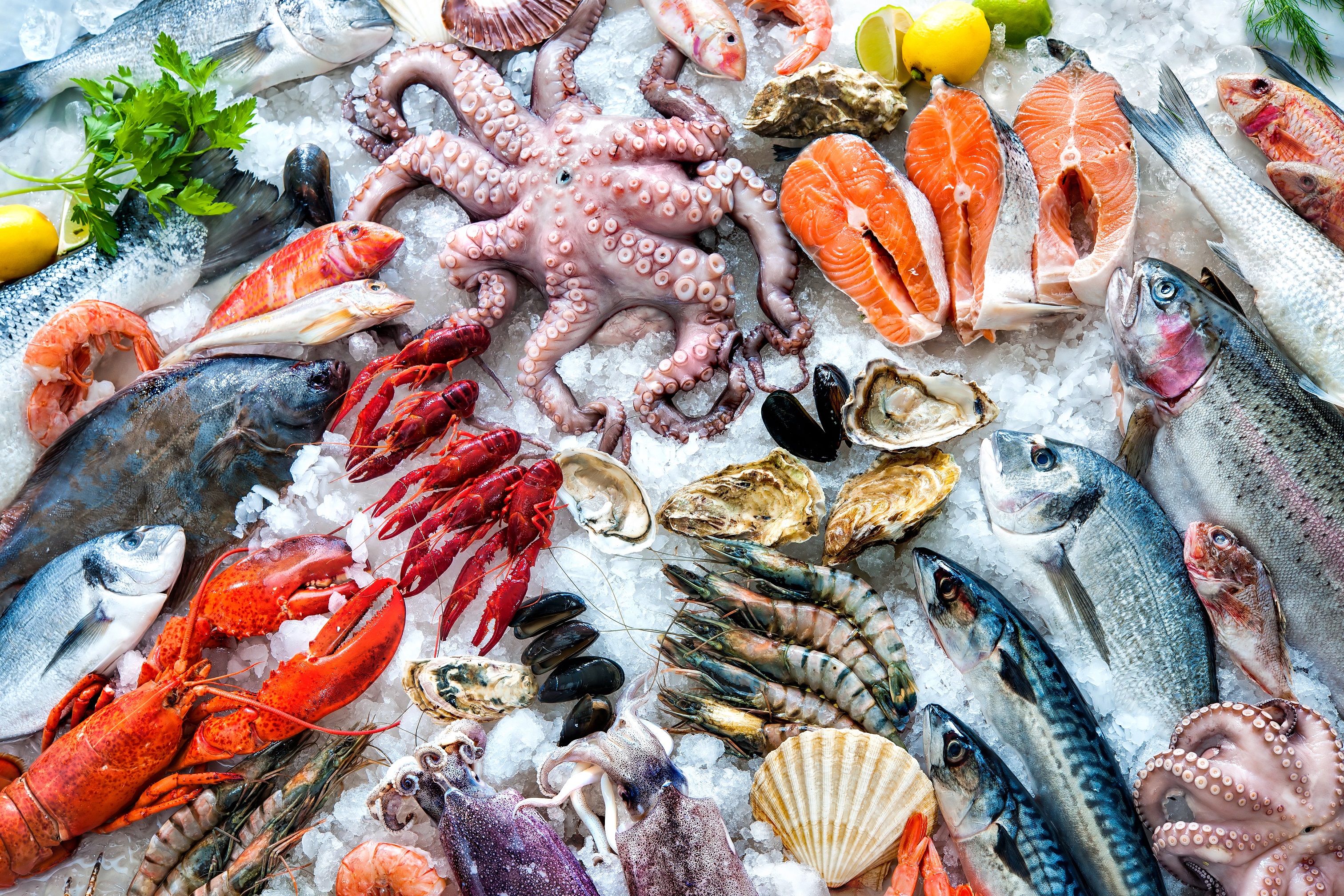I’ve long been a bull when it comes to High Liner Foods (TSX:HLF), noting that its impressive dividend, favourable market position and growing demand for healthier seafood by consumers will all lead to growth over the long-term.
While I still believe that High Liner does have some long-term opportunity, some investors question High Liner’s feasibility as an investment given its recent second-quarter results announcement.
Second-quarter results: good, mixed, or bad?
High Liner announced results for the second fiscal of 2018 earlier this month and depending on who you ask, the answer could be good, bad or mixed.
Sales and gross profit both increased over the same quarter last year to US$12.9 million and $43.3, million respectively, while adjusted EBITDA decreased by US$1.4 million over the same period last year.
Adjusted net income also dropped by US$2.3 million to US$3.8 million, or US$0.11 per diluted share. In the same period last year, High Liner posted US$6.1 million, or US$0.19 per share.
The addition of Rubicon to High Liner’s portfolio last year bumped up revenues significantly, and synergies from that acquisition are still likely to unfold over the course of the rest of the year. In total, Rubicon added 3.5 million pounds in volume and US$17.4 million to sales in the most recent quarter.
Why some investors might be worried after these results
By all accounts, new CEO Rod Hepponstall has his hands full.
Whether it’s a growing taste for fresh over frozen fish, juggling a fair amount of debt or a dividend that is becoming unsustainable, critics are unanimous in sounding concern over High Liner.
As well, the ongoing trade spat with the U.S. could make things difficult for High Liner, particularly with respect to China.
China processes some fish that are caught in the U.S. and then ships the processed and package fish back to be sold in markets here. If those products are then slapped with a tariff, the cost for High Liner could hit as high as US$24 million.
Why I’m not worried
High Liner noted at the time of the Rubicon acquisition that the company was going to realize savings through cost cuts and efficiency improvements over the course of the following years. One of those improvements was the ERP (Enterprise Resource Planning) System that High Liner uses, which was implemented during the quarter.
ERP systems are necessary investments to support not only the core business model of the company, but also help identify efficiencies and help keep the company on target for future growth.
High Liner’s stock price is one final point to note that is open to interpretation. Year-to-date the stock has shed over 50% of its value, which in turn has sent the dividend yield skyrocketing to 5.56%.
I would be remiss if I didn’t mention the risk in jumping onboard solely based on that high yield. Instead, investors should see the yield for what it is, reap the benefits for as long as its there — and realize that it’s possible that the yield could be slashed to counter another bad quarter.
Instead, I rather look at the opportunity of buying into High Liner at these lower prices as part of a diversified portfolio, and as the Oracle of Omaha has so eloquently put it in the past, “be greedy when others are fearful.”








